The Ultimate Guide to Maximizing Your Savings with Solar Electricity
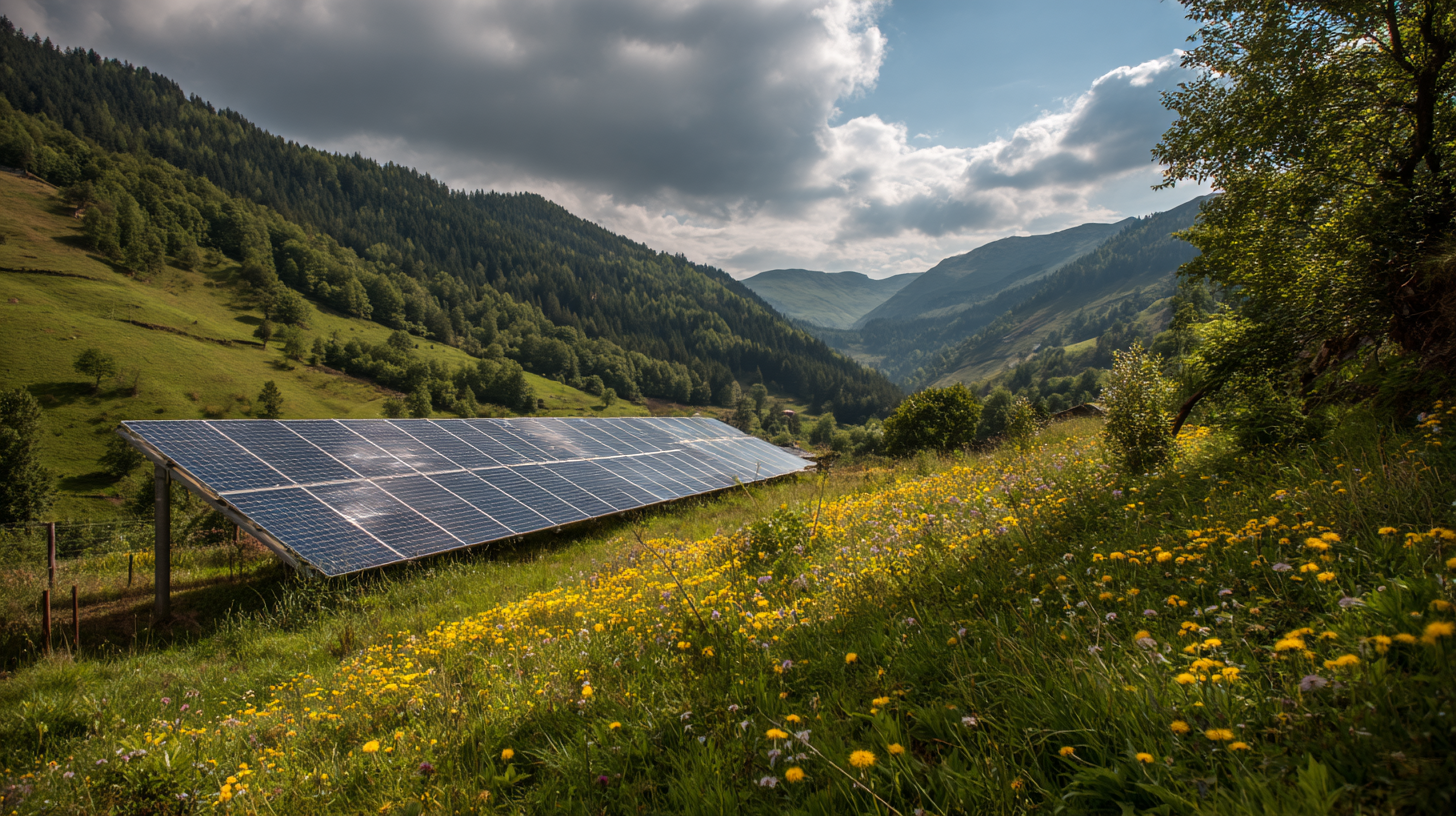 As the demand for sustainable energy solutions continues to rise, understanding how to maximize your savings with solar electricity has become more essential than ever. According to the Solar Energy Industries Association (SEIA), the adoption of solar power in the United States grew by 43% in 2020, highlighting the increasing shift towards renewable energy sources. With a potential savings of over $30,000 on energy bills over 20 years, homeowners are recognizing the financial benefits of investing in solar technology. Furthermore, the U.S. Department of Energy reports that the cost of solar panels has decreased by more than 70% since 2010, making solar electricity not only an eco-friendly choice but also a cost-effective one. In this guide, we will explore practical strategies to optimize your savings while transitioning to solar energy, ensuring that you reap the full benefits of this transformative power source.
As the demand for sustainable energy solutions continues to rise, understanding how to maximize your savings with solar electricity has become more essential than ever. According to the Solar Energy Industries Association (SEIA), the adoption of solar power in the United States grew by 43% in 2020, highlighting the increasing shift towards renewable energy sources. With a potential savings of over $30,000 on energy bills over 20 years, homeowners are recognizing the financial benefits of investing in solar technology. Furthermore, the U.S. Department of Energy reports that the cost of solar panels has decreased by more than 70% since 2010, making solar electricity not only an eco-friendly choice but also a cost-effective one. In this guide, we will explore practical strategies to optimize your savings while transitioning to solar energy, ensuring that you reap the full benefits of this transformative power source.
Understanding the Financial Benefits of Switching to Solar Energy
Switching to solar energy presents numerous financial benefits that can significantly enhance your savings over time. One of the most immediate advantages is the reduction in your utility bills. By harnessing the power of the sun, homeowners can drastically cut down on their electricity costs, and in many cases, go completely off the grid. Depending on your state and available incentives, you might even be able to sell excess energy back to the grid, creating an additional income stream.
To maximize your savings, consider investing in a solar battery system. This allows you to store energy generated during the day for use during peak hours or at night, helping you avoid high energy rates. Additionally, keep an eye out for federal and state tax credits designed to promote solar adoption. These incentives can significantly lower the upfront costs of installation, making solar power not just an environmentally friendly choice, but also a financially savvy one.
Finally, regularly maintaining your solar panels is crucial to ensuring they operate at peak efficiency. Clean them periodically to remove dust and debris, and schedule professional inspections to catch any potential issues early. A well-maintained system can yield better performance and longevity, ultimately leading to even more savings in the long run.
Key Factors Influencing Solar Panel Installation Costs and Savings
The cost of installing solar panels has seen significant fluctuations, with projections for 2025 suggesting a potential decrease in expenses. Currently, the average installation cost hovers around $28,000, but incentives could lower this substantially. A study indicates that the payback period for solar panels can vary significantly, typically ranging from 5 to 10 years, driven by variables such as system costs, energy usage, and local policies. For industrial estates in the UK, instances of payback as brief as 4 to 6 years have been recorded, showcasing the financial viability of solar investments.
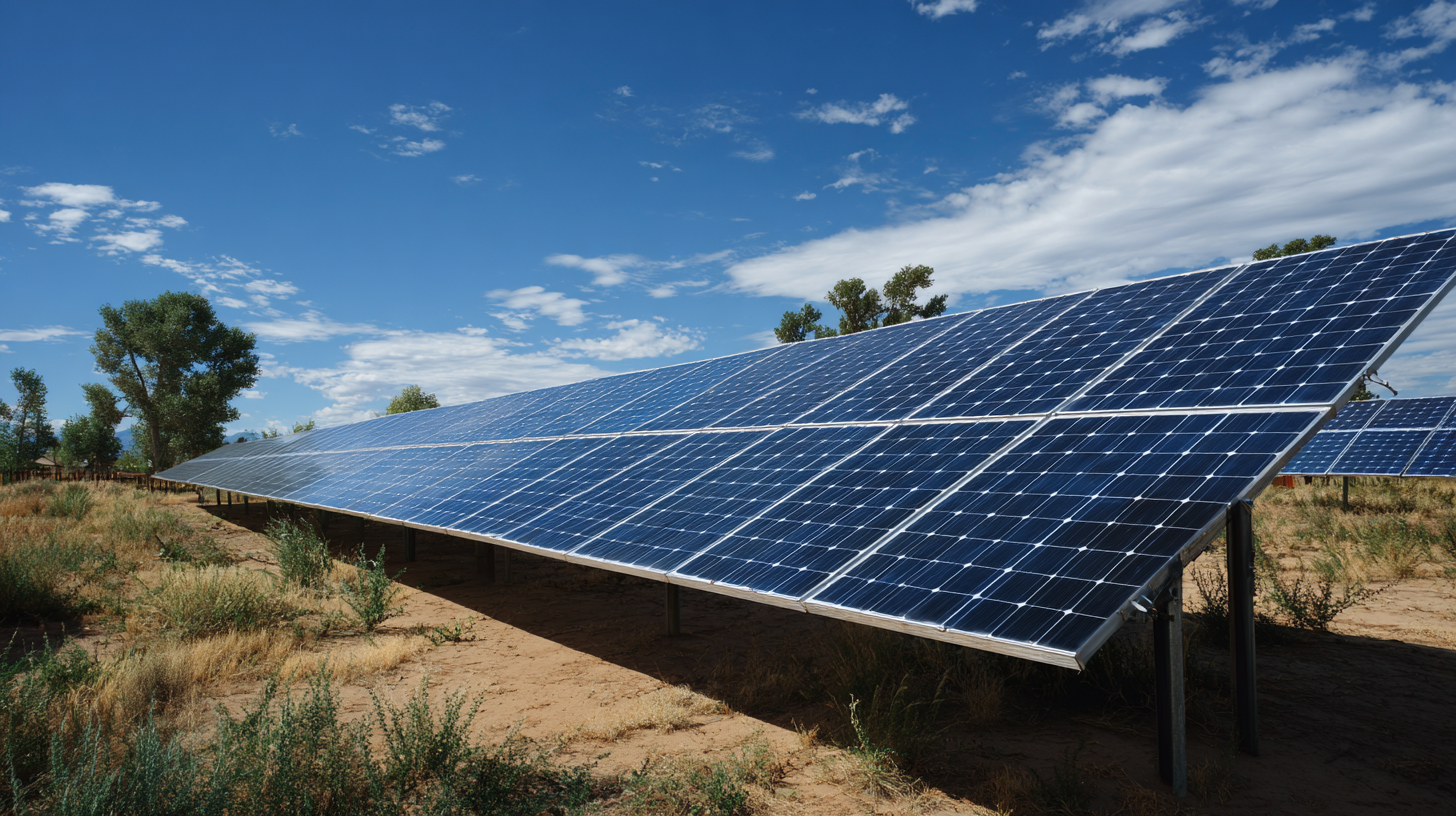
Key factors influencing savings from solar electricity include advancements in technology and the optimization of hybrid renewable systems. Innovations in high-efficiency solar cells and bifacial modules represent a promising frontier that can enhance energy output and lower long-term costs. Furthermore, with the global solar operation and maintenance market projected to increase to approximately $32.63 billion by 2034, it's evident that the foundation for solar savings is not only in initial installation but also in effective system management and maintenance practices. The accelerated diffusion of solar photovoltaic supply chains also plays a significant role in reducing overall costs and further incentivizing adoption in both residential and commercial sectors.
Calculating Your Return on Investment (ROI) for Solar Electricity Systems
When considering the switch to solar electricity, calculating your Return on Investment (ROI) is paramount. The ROI for solar systems is primarily determined by the initial installation costs, available incentives, and the long-term savings on electricity bills. Start by assessing the total expense of the solar panel system, which includes installation and equipment. Next, factor in any federal, state, or local incentives that can significantly reduce upfront costs, such as tax credits or rebates. Once these figures are accounted for, potential savings from reduced utility bills can be estimated, usually calculated over a 20 to 25-year lifespan of the system.
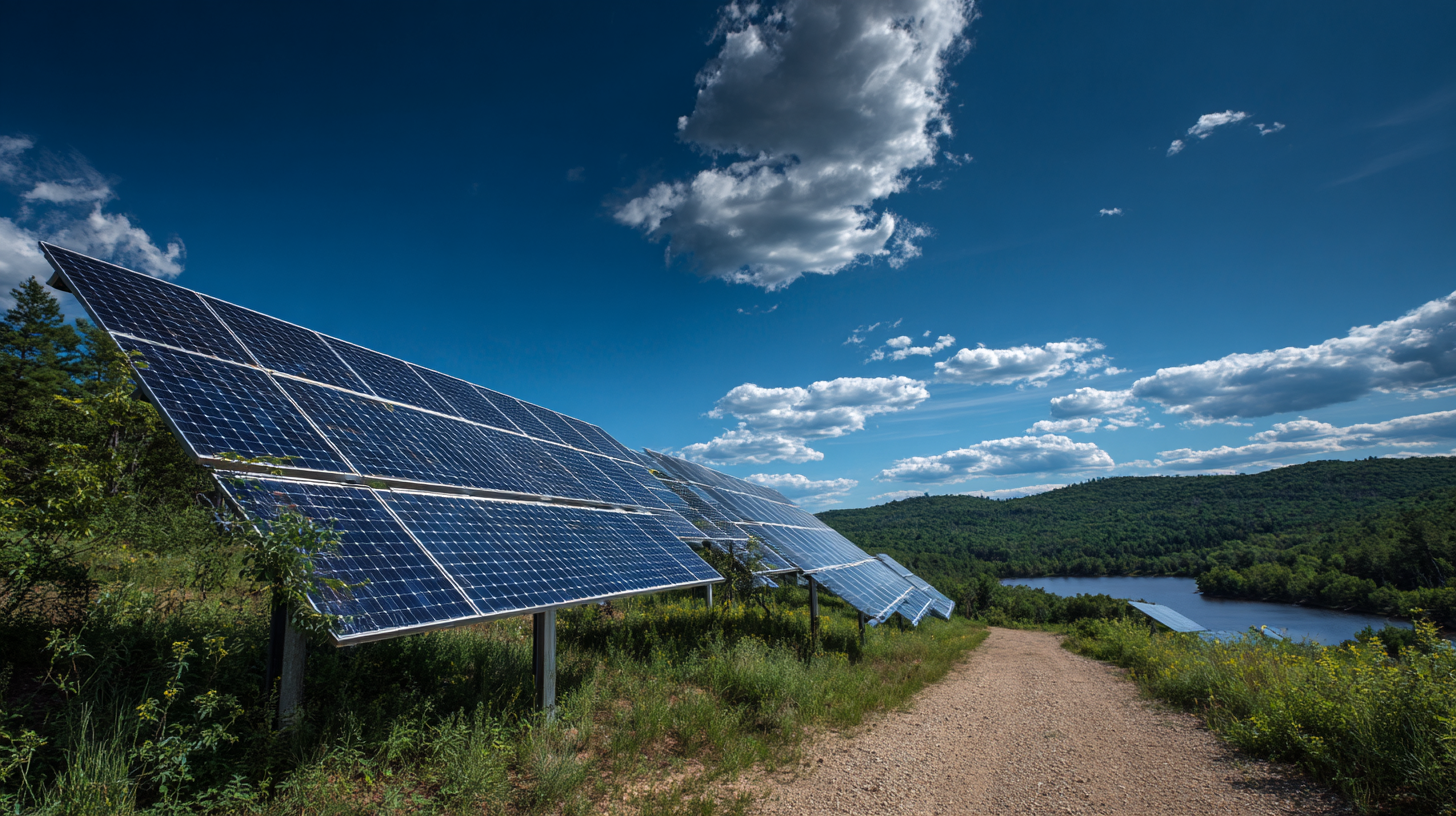
To better understand the financial impact, homeowners should analyze their electricity consumption and forecast future energy prices. The average ROI for solar systems often ranges between 10% to 20% annually, making it an attractive investment. Additionally, don’t forget to consider the increasing property value that solar installations can create, which further enhances overall returns. By meticulously calculating these factors, you can make informed decisions that maximize your savings and set you on a path to energy independence.
Exploring Available Incentives and Rebates for Solar Purchases
When considering the switch to solar electricity, understanding the available incentives and rebates can significantly enhance your savings. According to the Solar Energy Industries Association (SEIA), federal tax credits currently allow homeowners to deduct 26% of the cost of their solar panel systems from their federal taxes. This incentive is part of the broader push to increase renewable energy adoption, a goal that requires state and local governments to step up as well. Many states offer additional rebate programs that can further offset installation costs, with some areas providing incentives of up to $5,000 per installation, depending on the system’s capacity.
Moreover, numerous utility companies have realized the importance of supporting renewable energy and now offer performance-based incentives. For instance, some utilities pay homeowners for the electricity produced by their solar systems, resulting in potential earnings that can exceed $1,000 annually, based on the system's size and location. These financial mechanisms not only encourage the transition to solar power but also serve as a means for consumers to maximize their savings and invest in long-term energy independence. By leveraging these incentives, homeowners can significantly lower their upfront costs and achieve a quicker return on investment, making solar electricity a more accessible and financially viable option.
Maximizing Savings by Choosing the Right Solar Energy Plan for Your Home
When considering solar energy for your home, choosing the right solar energy plan is essential for maximizing your savings. Not all plans are created equal, and the right choice can significantly impact your energy bills over time. Start by assessing your energy consumption patterns and requirements. Understanding your average monthly usage can help you select a plan that meets your needs without overspending. For homeowners with consistent energy usage, a fixed-rate plan may be beneficial, as it locks in rates and provides predictability in budgeting.
Additionally, consider any incentives or rebates available in your area. Many states offer financial assistance for solar installations, which can lower your upfront costs and enhance your long-term savings. Furthermore, explore options like net metering, where excess energy produced can be sold back to the grid, further offsetting your electricity costs. By proactively researching and choosing the right solar energy plan, you can harness the full potential of solar electricity and enjoy considerable savings over time.
Related Posts
-
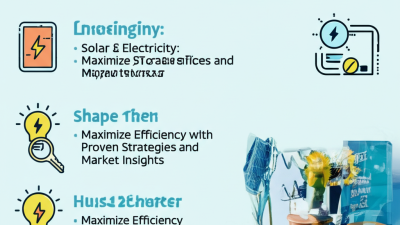
How to Harness Solar Electricity: Maximize Efficiency with Proven Strategies and Market Insights
-

Top Strategies for Implementing Solar Energy Solutions in Your Business
-

How to Maximize Energy Efficiency with Power Solar Solutions for Global Buyers
-
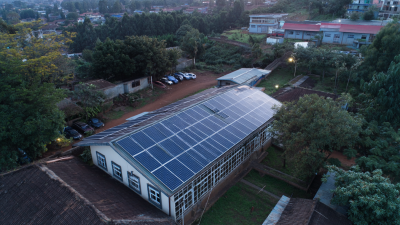
What is the Future of Solar Energy in Sustainable Development
-

Maximizing Efficiency and Savings with Future Solar Technology
-

7 Compelling Reasons Why Solar Installation is Essential for Your Business Growth
